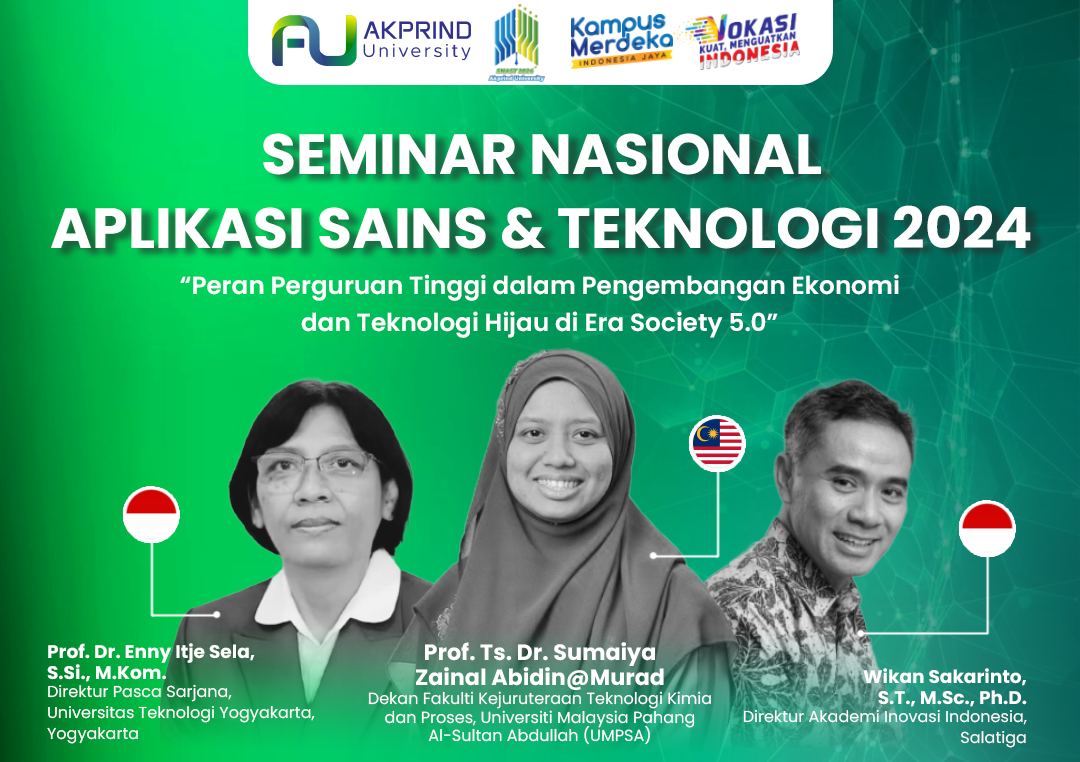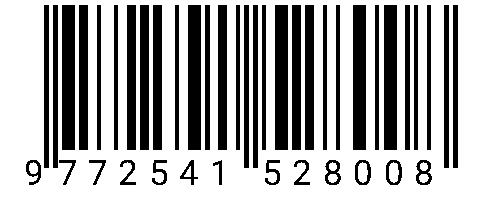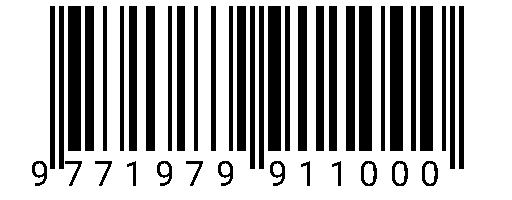PENGEMBANGAN SISTEM PENGUKUR PAKAIAN BERBASIS PENGOLAHAN CITRA DIGITAL
DOI:
https://doi.org/10.34151/prosidingsnast.v1i1.5110Keywords:
Clothing, Image processing, MeasurementAbstract
The garment manufacturing industry is known for its complex production processes and heavy reliance on labor. The demand for high product quality makes quality control an essential step. In vocational education, where students are prepared to become competent workers, it is crucial for instructors to evaluate garments produced by students in a manner consistent with industry standards. However, a common challenge is the difficulty of measuring the dimensions of student-produced garments, often constrained by limited time and workforce. The number of garments produced by students frequently exceeds three times the number of students, leaving instructors overwhelmed during measurements. Garment dimension measurements can only be conducted in the garment workshop during practical sessions, as the garments cannot be taken elsewhere for evaluation. This limitation reduces flexibility and impacts the quality of education, which should provide comprehensive feedback on students’s work. To address this issue, a garment measurement system based on digital image processing has been developed as an alternative evaluation method. This system has been validated using two-way ANOVA testing, demonstrating no significant differences compared to manual measurement methods, with a 95% confidence level. Additionally, the system proves to be more efficient, saving 20–30 seconds per measurement compared to manual methods. Furthermore, a survey of 32 respondents shows positive feedback on this system.
References
Al Rida Sadiq, B. A. (2022). A Contribution to the Group of Units’ Problem in Some 2-Cyclic Refined Neutrosophic Rings. International Journal of Neutrosophic Science, 18(3), 48–58. https://doi.org/10.54216/IJNS.180304
Altasani, E., Hariani, Wahyuni, S., & Mustikasari. (2023). Penerapan Metode Convolutional Neural Network (Cnn) Untuk Pengukuran Pakaian Pada Wanita Secara Virtual. Jurnal Informatika Sains Dan Teknologi, 8(April), 132–141. https://doi.org/https://doi.org/10.24252/instek.v8i1.37256
Islam, M. M., Khan, A. M., & Khan, M. M. R. (2013). Minimization of Reworks In Quality and Productivity Improvement In The Apparel Industry. International Journal of Engineering and Applied Sciences, 1(4), 147–164.
Kim, H., Jung, W. K., Park, Y. C., Lee, J. W., & Ahn, S. H. (2022). Broken stitch detection method for sewing operation using CNN feature map and image-processing techniques. Expert Systems with Applications, 188, 116014. https://doi.org/10.1016/j.eswa.2021.116014
Li, C., Xu, Y., Feng, M., Xiao, Y., Zhang, D., & Liu, H. (2017). Automatic measurement of garment sizes using image recognition. ACM International Conference Proceeding Series, Part F130281, 30–34. https://doi.org/10.1145/3121360.3121382
Paulauskaite-Taraseviciene, A., Noreika, E., Purtokas, R., Lagzdinyte-Budnike, I., Daniulaitis, V., & Salickaite-Zukauskiene, R. (2022). An Intelligent Solution for Automatic Garment Measurement Using Image Recognition Technologies. Applied Sciences (Switzerland), 12(9). https://doi.org/10.3390/app12094470
QIMA. (2024a). Garment Quality Control Checklist for Textile and Apparel Inspections. QIMA. https://blog.qima.com/quality-control/garment-quality-control-textile-apparel-inspections
QIMA. (2024b). Quality Inspection Procedures Every Garment Brand Must Know Abouttle. QIMA. https://blog.qima.com/inspection/garment-quality-inspection-procedures
Shen, Y., Liang, J., & Lin, M. C. (2020). GAN-Based Garment Generation Using Sewing Pattern Images. Dalam A. Vedaldi, H. Bischof, T. Brox, & J.-M. Frahm (Ed.), Computer Vision – ECCV 20, 12363 LNCS, 225–247. https://doi.org/10.1007/978-3-030-58523-5_14
Sikka, M. P., Sarkar, A., & Garg, S. (2024). Artificial intelligence (AI) in textile industry operational modernization. Research Journal of Textile and Apparel, 28(1), 67–83. https://doi.org/10.1108/RJTA-04-2021-0046
Varukolu, V., & Park-Poaps, H. (2009). Technology adoption by apparel, manufacturers in Tirpur town, India. Journal of Fashion Marketing and Management, 13(2), 201–214. https://doi.org/10.1108/13612020910957716
Widyawati, Fathoni, A., Sutanto, & Renaldi. (2021). Idetifikasi Ukuran Pakaian Berbasis Image Processing. Jurnal Ilmiah Sains Dan Teknologi, 5(1), 75–90. https://doi.org/https://doi.org/10.47080/saintek.v5i1.1200
Wijayono, A; Murti, W. (2024). Study of Measuring The Cover Factor of Woven Fabrics Using Image Processing Techniques Studi Pengukuran Cover Factor Kain Tenun Menggunakan Teknik. 06(02), 245–255.
Yusof, N. J., Hayes, S., Sabir, T., & McLoughlin, J. (2015). Quality Approaches for Mass-Produced Fashion: A Study in Malaysian Garment Manufacturing. International Journal of Mechanical, Aerospace, Industrial, Mechatronic and Manufacturing Engineering, 9(10), 7.
Downloads
Published
Issue
Section
License
Copyright (c) 2024 Wilda Murti

This work is licensed under a Creative Commons Attribution-ShareAlike 4.0 International License.







